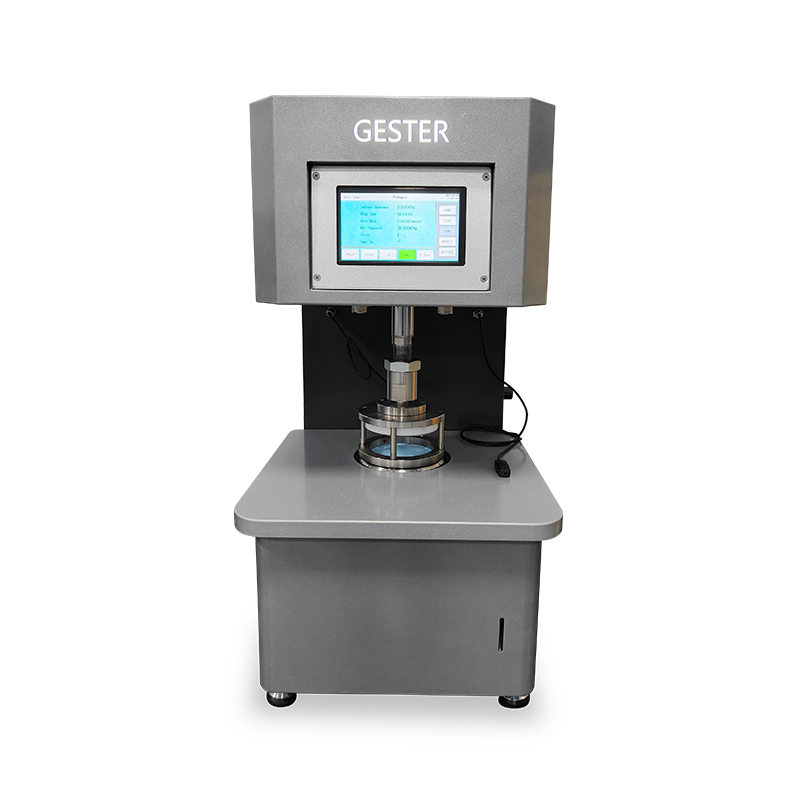1. What is the Hydrostatic pressure test
Hydrostatic pressure test (also called impermeability test) is one of the important indicators of waterproof and moisture-permeable fabrics. Hydrostatic pressure refers to the resistance encountered when water passes through the fabric. Under standard atmospheric pressure conditions, the fabric is subjected to continuously rising water pressure until water drops leak out from the back of the fabric. At this time, the measured water pressure is the hydrostatic pressure. The greater the hydrostatic pressure that the fabric can withstand, the better the water resistance or leakage resistance.
2. The principle of hydrostatic test of fabric:
Through three test methods: dynamic test, static test and program, the test sample is fixed on the test area specified by the standard. The air pressure control puts the air pressure of 0-5bar into a built-in water tank filled with distilled water. A test head is connected to the water tank. After the test starts, the test pressure starts to be automatically controlled.
3. The influencing factors in the fabric water pressure test:
(1) tightness of fabric yarn. The gap between yarns will directly affect the water pressure resistance. The closer the general fabric structure, the better its water seepage resistance.
(2) the size of the aperture of the coating film. The larger the pore diameter of the membrane, the worse the hydrostatic pressure resistance of the coated fabric.
(3) The size of contact Angle 0. When 0 > 90. , the fabric is water-repellent, and the water pressure resistance of the fabric increases with the increase of 0.
(4) Coating thickness. The coating is too thin, the coating agent is not easy to continuously film on the surface, and the water pressure resistance of the coating fabric is reduced; The coating is thick and the water pressure resistance of the fabric is improved.
(5) thickness of fabric. The thicker the fabric, the greater the wet resistance, the greater the water pressure value.
(6) The thickness of yarn. For tight fabrics with good moisture absorption, yarn radius is reduced due to capillary effect. It can improve the impermeability of fabric.
(7) the performance of warp and weft yarns. Under the action of water pressure, warp and weft yarns with good elasticity are easy to stretch, which leads to the formation of gaps between adjacent warp and weft yarns, and water droplets are easy to penetrate through, which reduces the water pressure resistance of the fabric.
(8) Coating quality. The whole cloth is required to be uniform and has a certain fastness. The better the coating quality, the better the seepage resistance.
(9) elasticity of fabric. Elastic fabric, water resistance also has a certain impact
(10) The location of the sample and the flatness of the sample also affect the data in the test process.
4. Test standards
AATCC 127 Option 2, ISO 811, ISO 1420, GB/T4744
FZT01004, DIN53886, JIS L1092, EN20811, EN 13726-3
The above content is collected and edited by GESTER.GESTER is professionally engaged in production and R&D of physical properties testing equipment. With more than 20 years experience in research and development,we specialize in providing the total solutions of Textiles & Garments Testing Equipment.Welcome inquiry to us.

